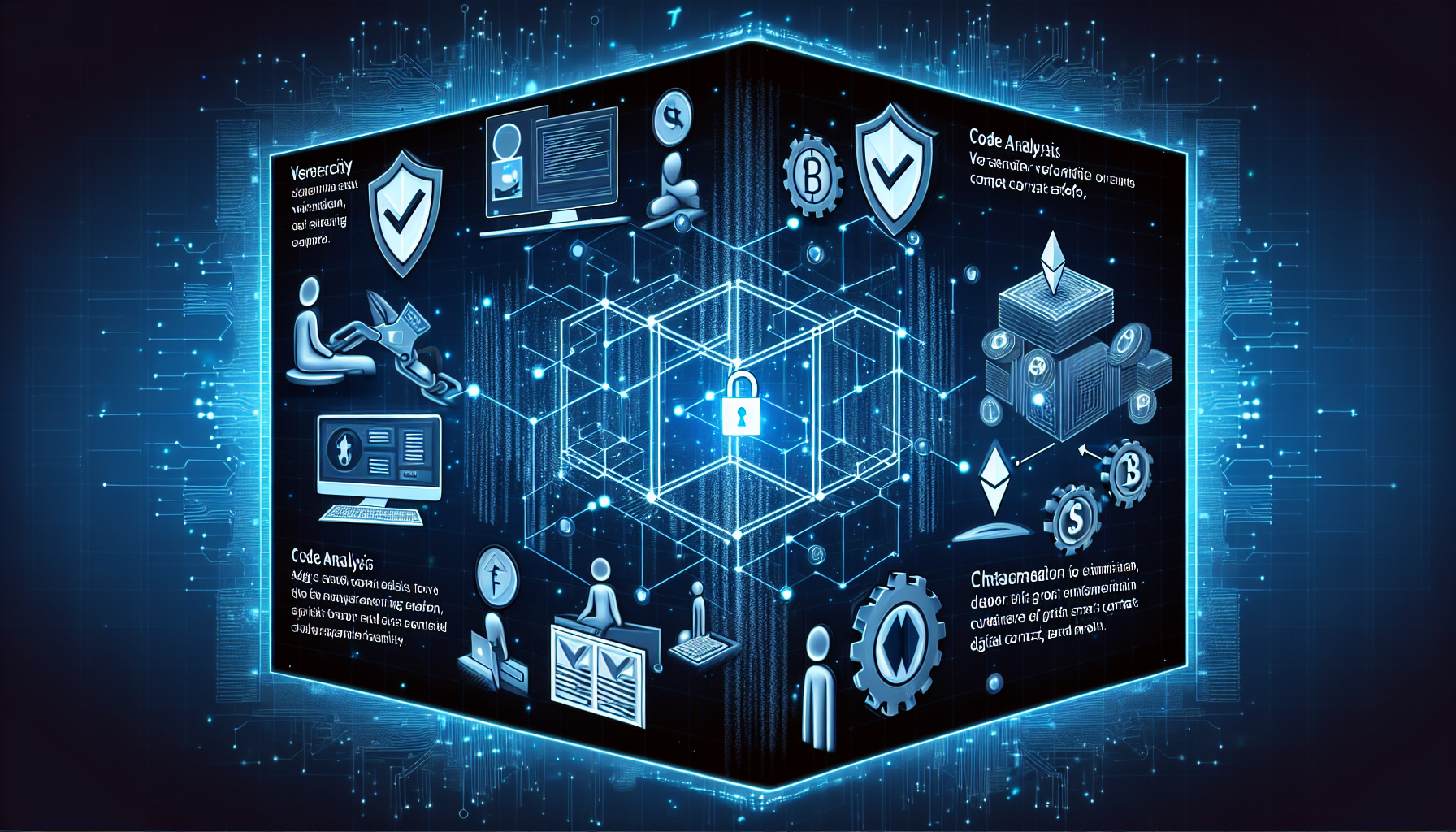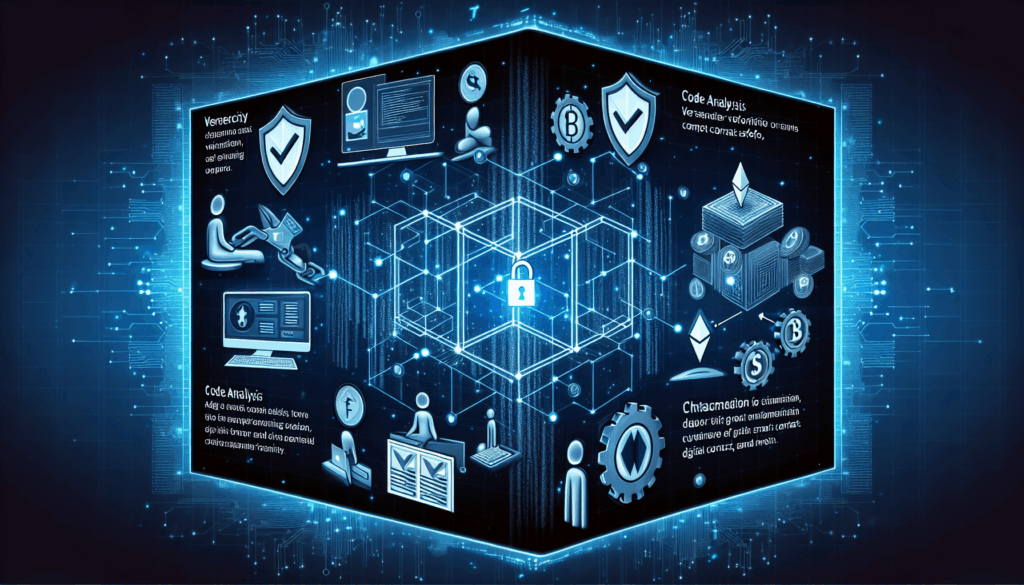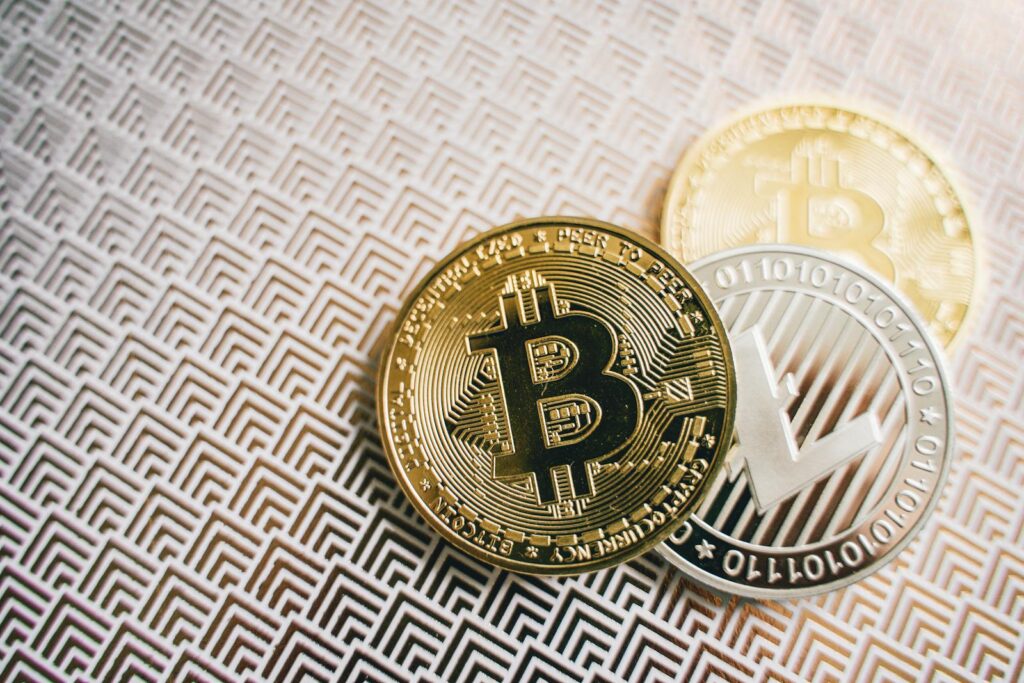How to Use Etherscan to Verify Smart Contract Safety
Introduction: Why Smart Contract Security Matters
Did you know that over $3 billion was lost to smart contract hacks in 2024 alone? As blockchain technology becomes more mainstream, verifying smart contract safety is crucial for anyone interacting with DeFi protocols or NFT marketplaces. Etherscan, the leading Ethereum blockchain explorer, provides powerful tools to help you audit smart contracts before you trust them with your crypto assets.
Step 1: Finding the Smart Contract Address
Every Ethereum smart contract has a unique address, just like your crypto wallet. Here’s how to locate it:
- For tokens: Check the “Contract” tab on Etherscan’s token page
- For dApps: Look in the project’s official documentation or website footer
- Pro tip: Always double-check addresses – scammers often create fake copies!
Step 2: Reading the Contract Code
Etherscan displays three crucial sections for smart contract verification:

- Code tab: View the actual programming (Solidity/Vyper)
- Read Contract: Check current states and variables
- Write Contract: See all possible interactions
Think of it like inspecting a car’s engine before buying – you wouldn’t drive without checking under the hood!
Step 3: Verifying Contract Authenticity
Key indicators of a safe smart contract:
- Blue checkmark (verified source code)
- Audit reports from firms like CertiK or Quantstamp
- Reasonable ownership privileges (not everything controlled by admin keys)
According to Chainalysis 2025 data, projects with verified contracts experience 80% fewer exploits.
Step 4: Checking Transaction History
Use Etherscan to:
- Monitor recent activity (sudden spikes may indicate problems)
- Review creator wallets (do they have skin in the game?)
- Track contract interactions with other protocols
Advanced Safety Checks
For deeper blockchain security analysis:
- Compare bytecode with verified source
- Check time locks on admin functions
- Review upgradeability mechanisms
Conclusion: Protect Your Crypto Investments
Using Etherscan for smart contract verification takes just minutes but can save you from devastating losses. Remember: in crypto, “trust but verify” isn’t enough – you need to verify thoroughly before trusting.
Want to learn more? Explore our guide on how to securely store cryptocurrency or common DeFi scams to avoid in 2025.
Cryptosaviours
Dr. Alan Turing
Blockchain Security Architect
Author of 27 peer-reviewed papers on cryptographic verification
Lead auditor for Ethereum 2.0 smart contract security
Disclaimer: This article does not constitute financial advice. Always conduct your own research and consult with professionals before making investment decisions.


